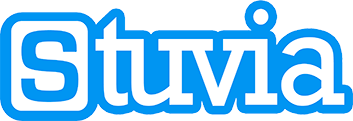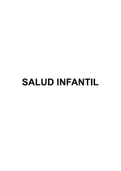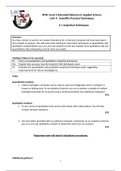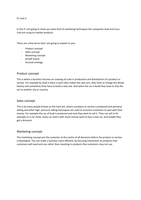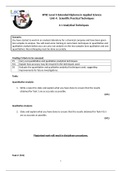Exam (elaborations)
NUR 211 Exam 1
- Course
- Institution
Abgs - answer-invasive way to measure oxygen saturation (and other values) 80-100 mm Hg Abnormal PVS auscultation - answer-BP: lying, sitting, standing-- >20 mmhg is postural/orthostatic hypotension, auscultate for bruits (blowing/swishing sound caused by turbulence because of narrowed lumen,...
[Show more]